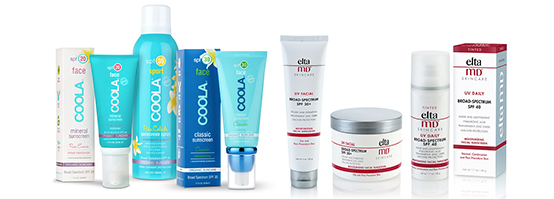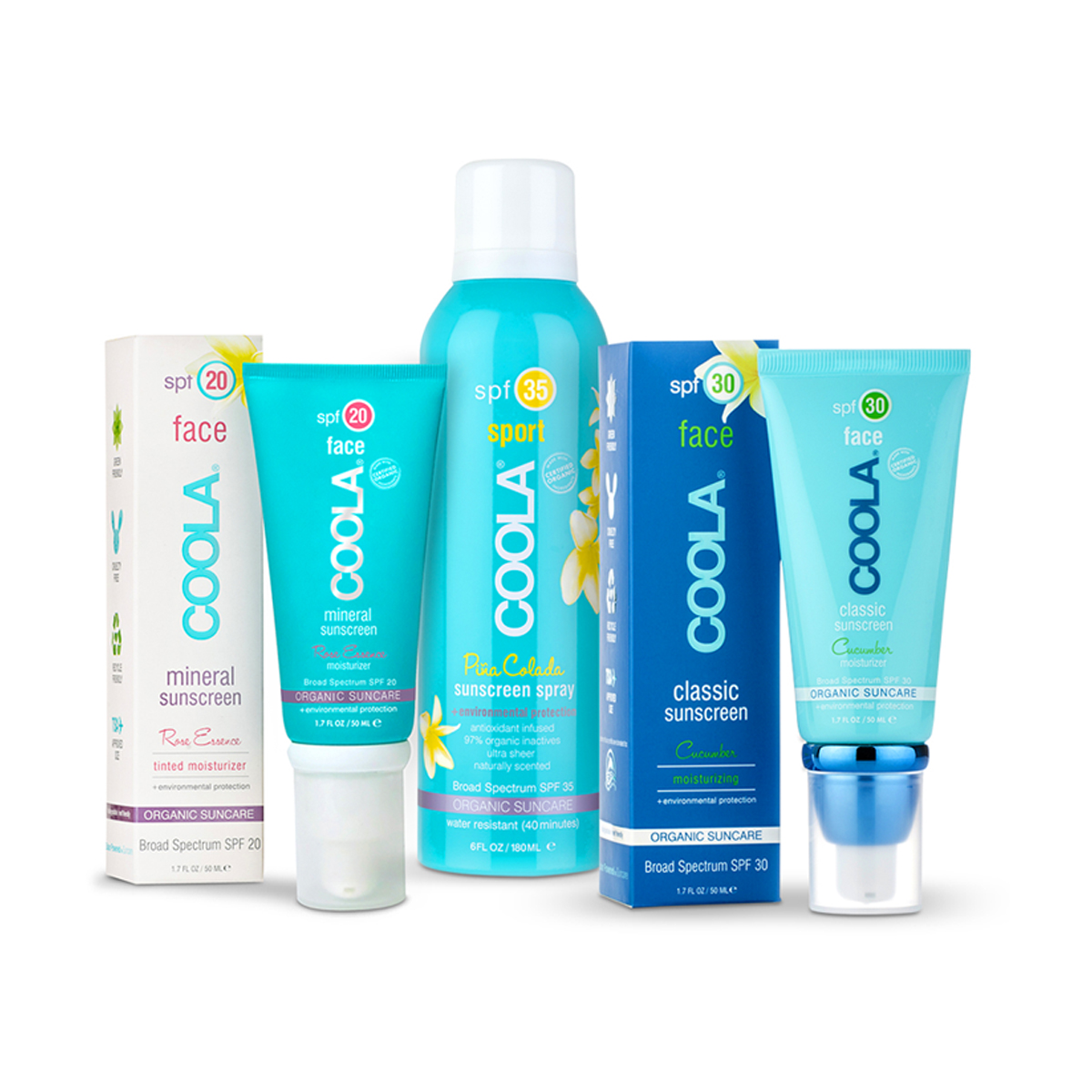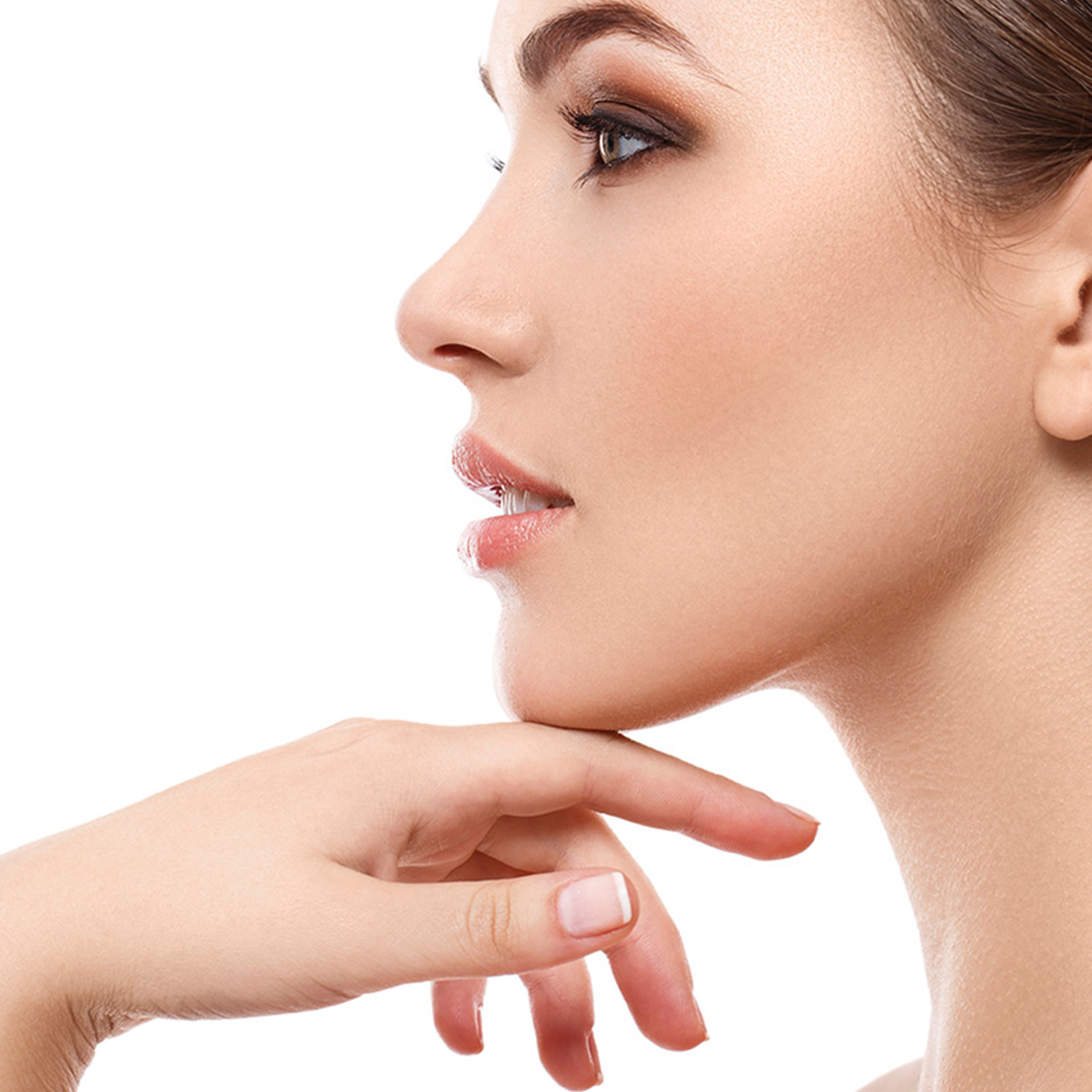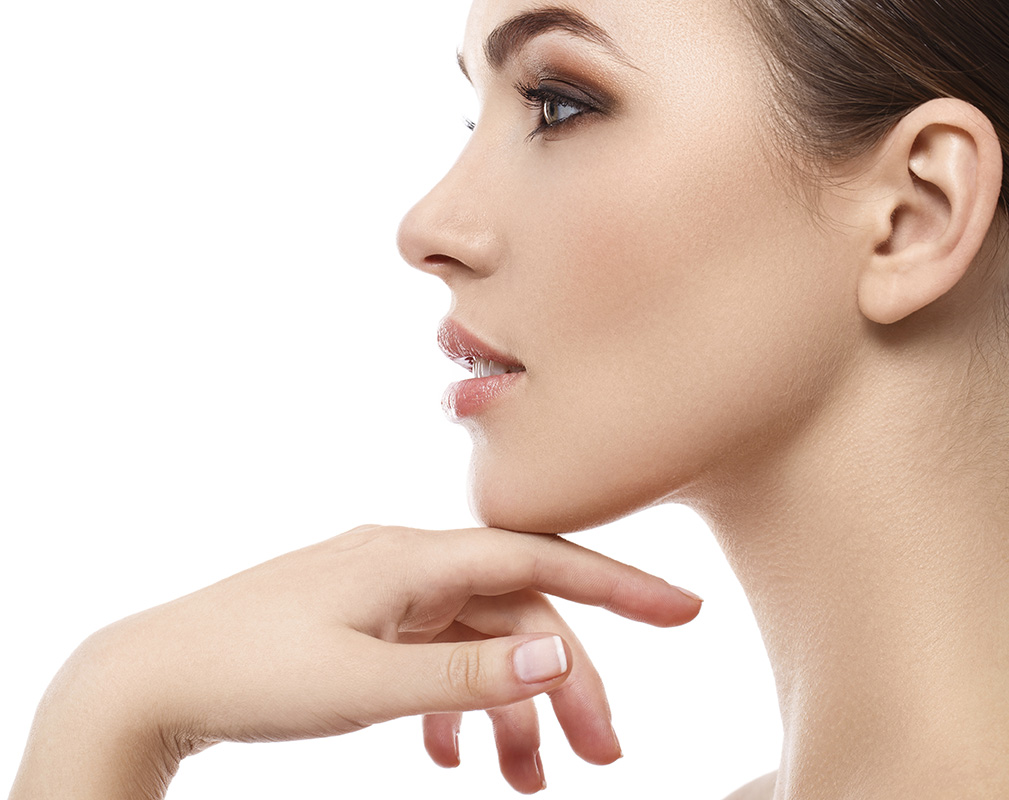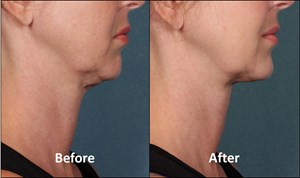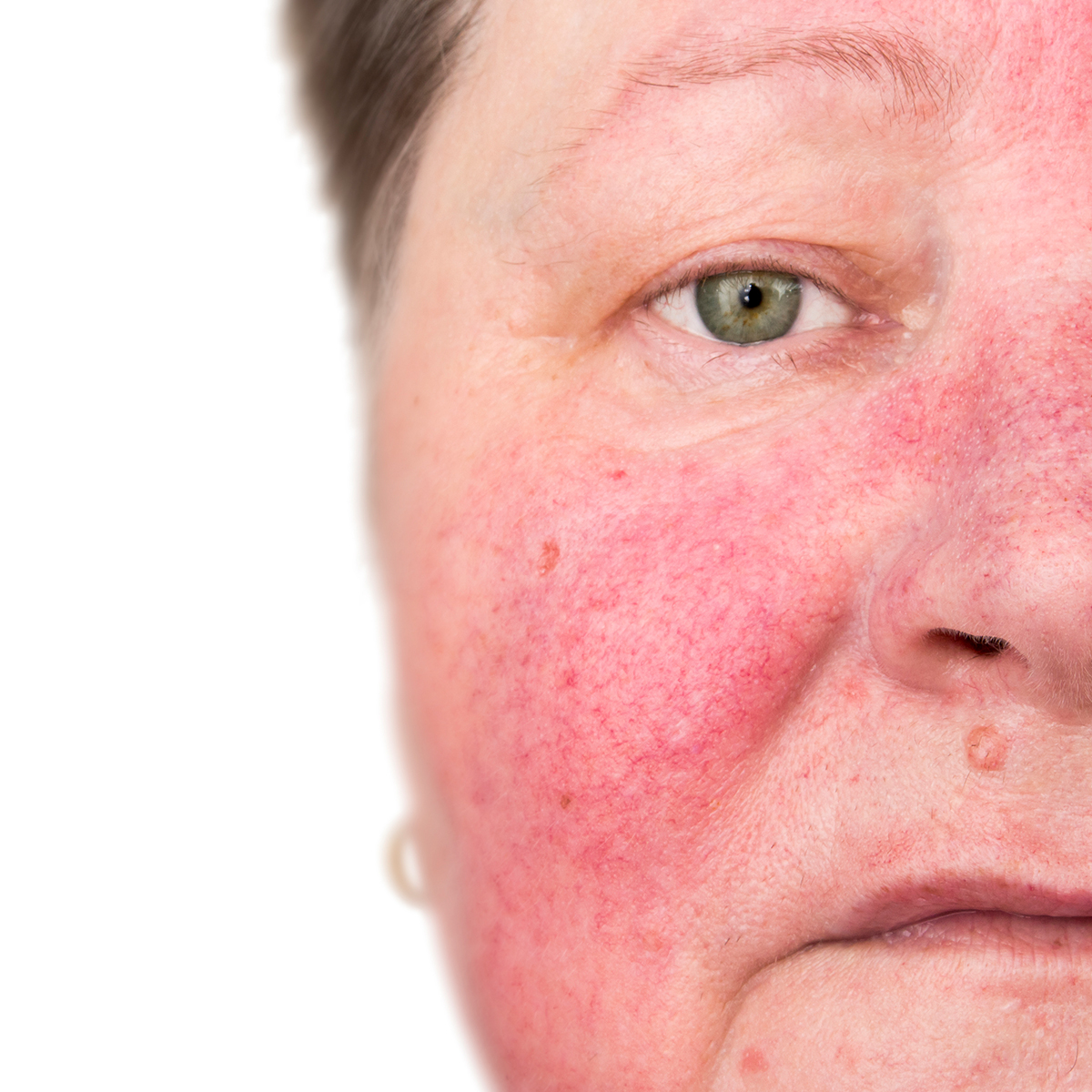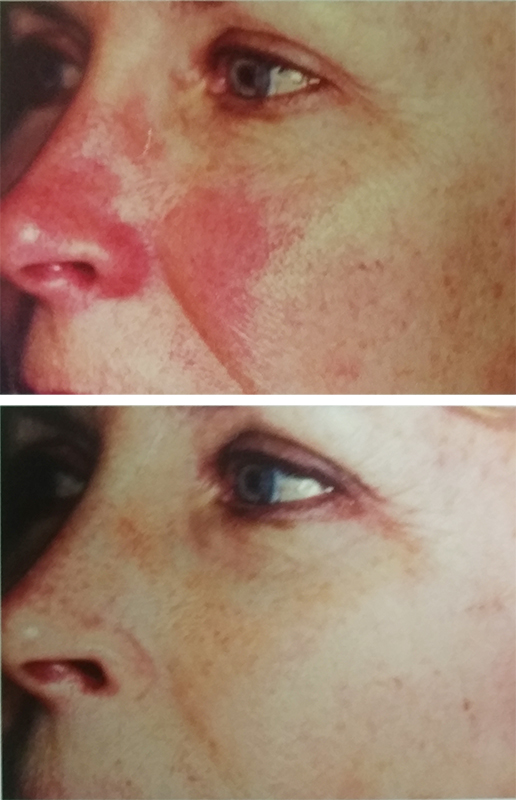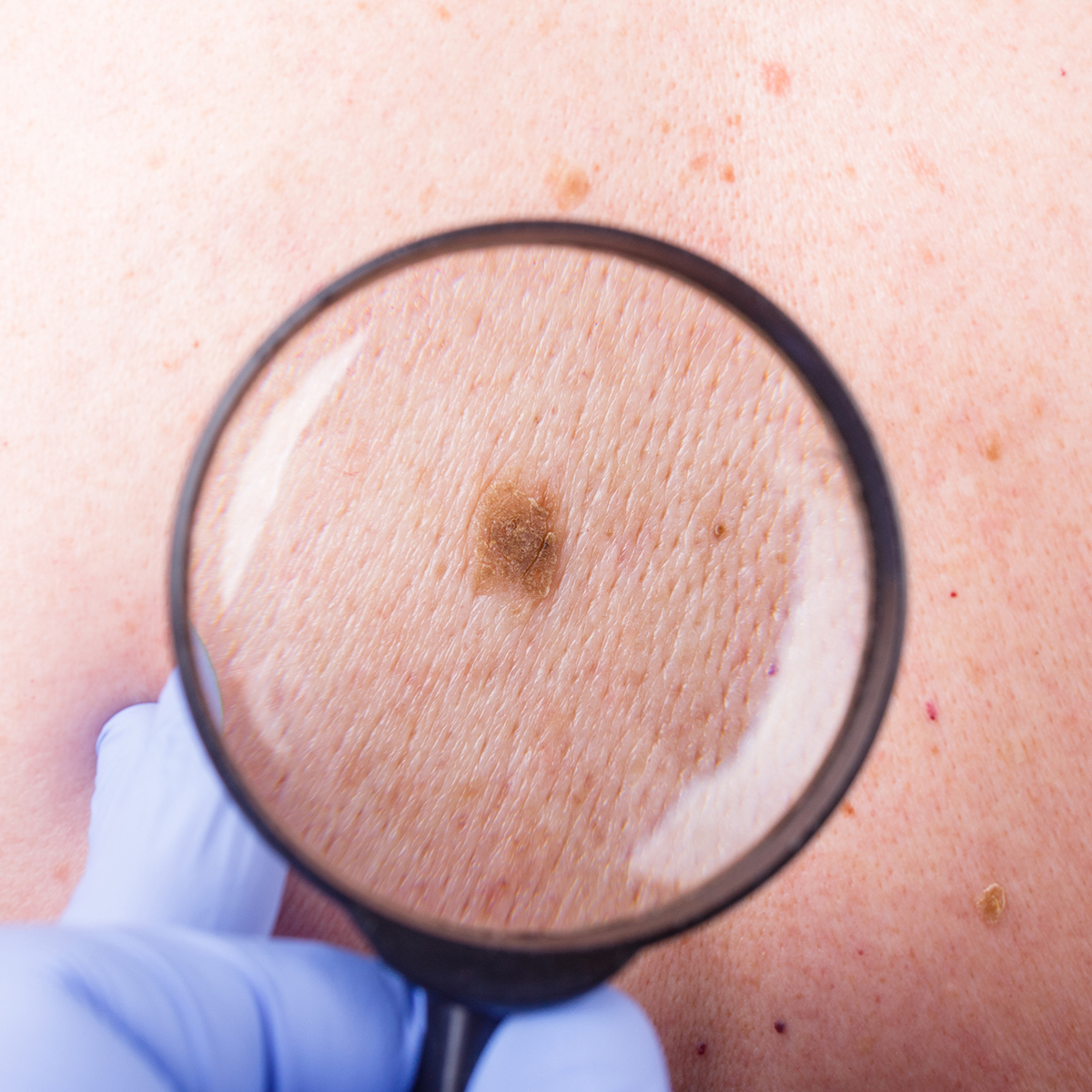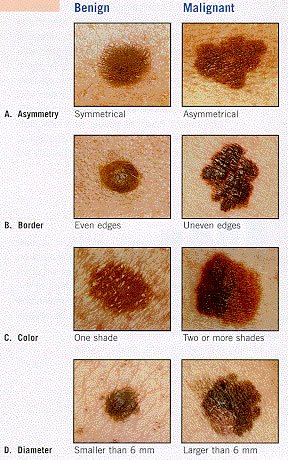Why are dermatologists recommending topical antioxidants like Vitamin C and Vitamin A (Retin A) in addition to sunscreens?
Great question. Both antioxidants and Retin A have been found to reverse and repair damage from the sun and environment at the skins cellular level. In addition, we will continue to recommend sunscreens of SPF30 or higher and sun protective clothing to help protect your skin from sun exposure.
